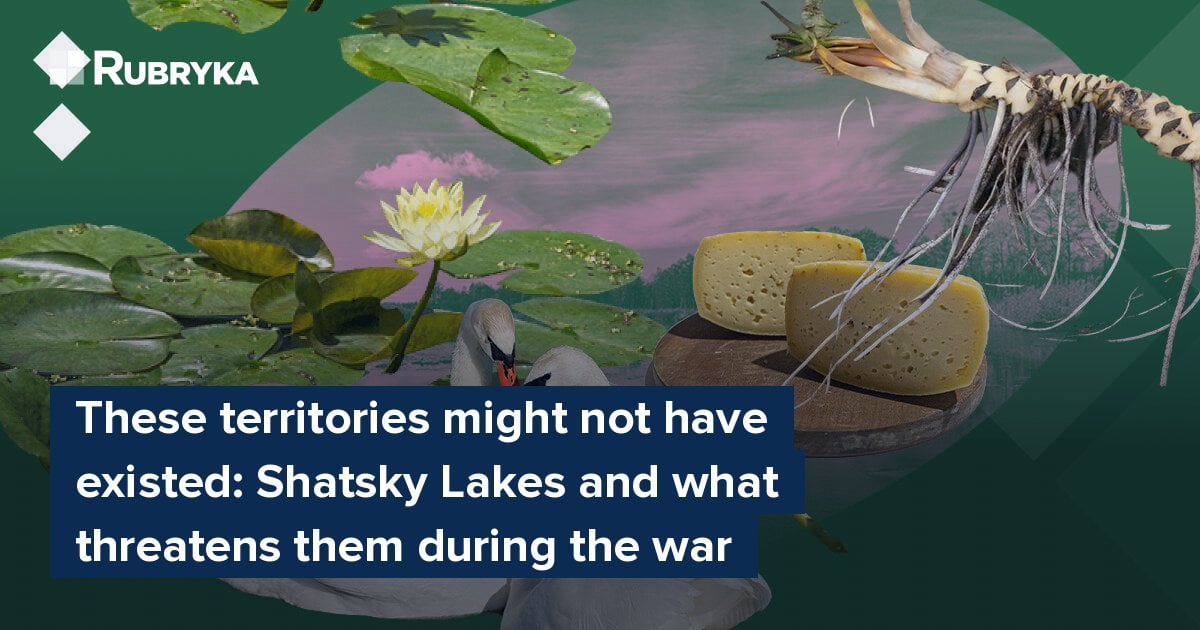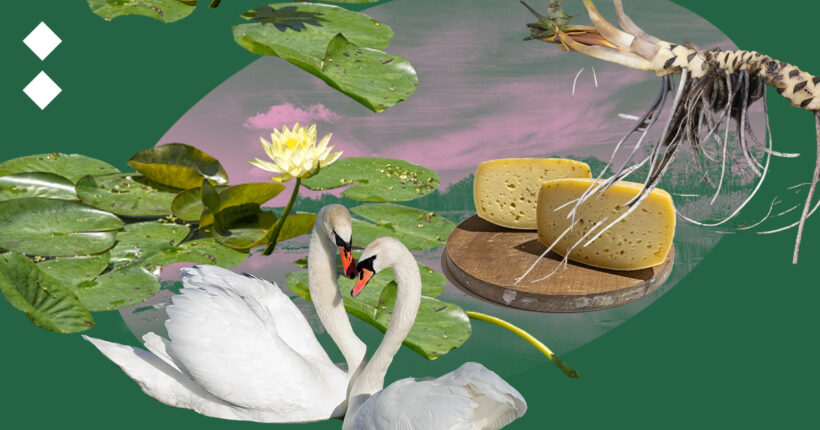
The international trilateral biosphere reserve, West Polesie, was created in 2012. The reserve included the Shatsk National Natural Park in Ukraine, the West Polesie in Poland, and the Pribuzhsky Polesie in Belarus. The most prominent feature of the reserve is a vast flat area and a multitude of lakes, of which there are over a hundred throughout the territory. Swamps, meadows, lake complexes — the territories are included in the Ramsar sites and have a special value because this is the largest swamp-lake-forest landscape complex in the entire Polissia ecoregion within Ukraine.
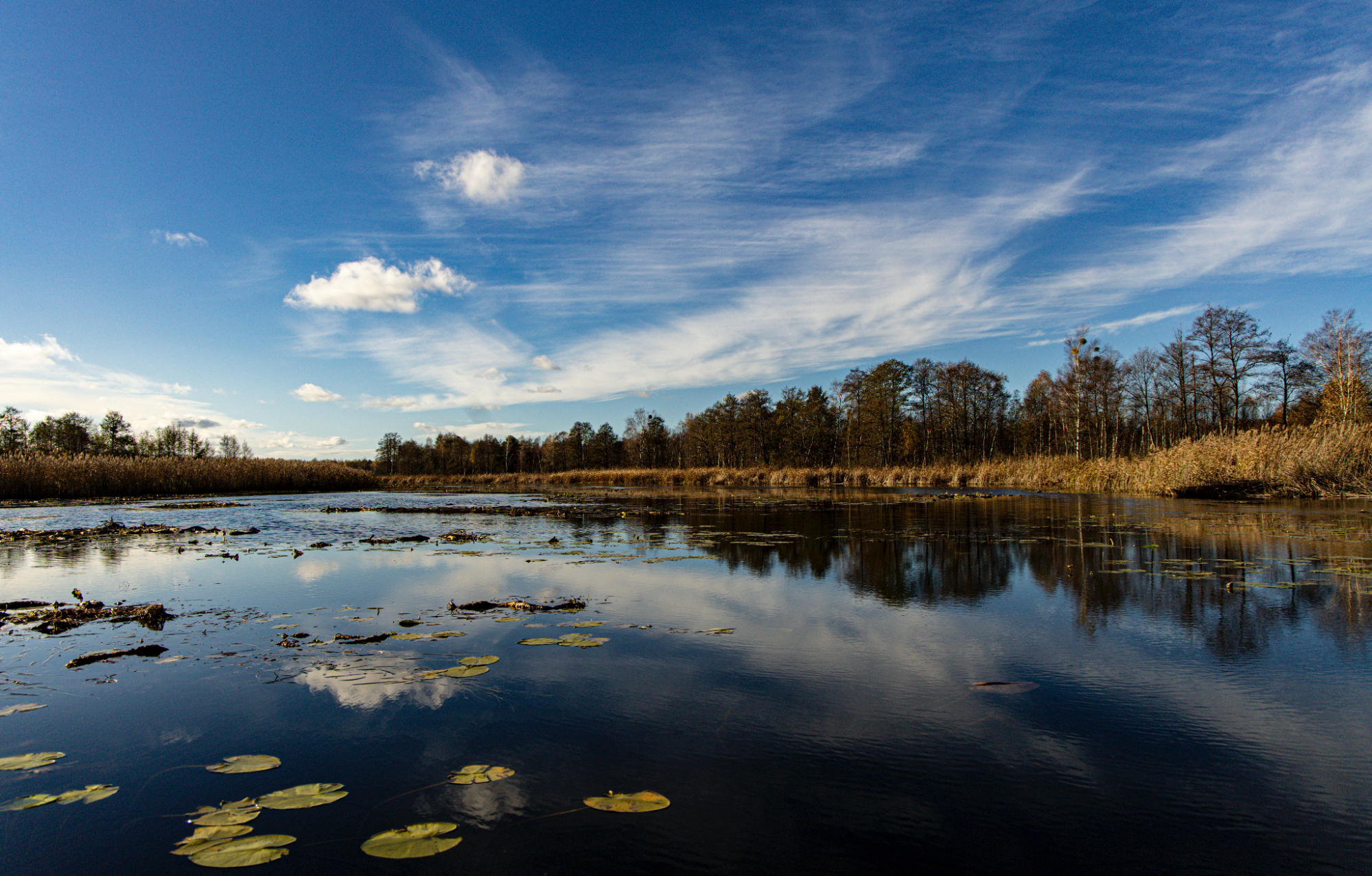
Lake Peremut, Shatsk National Nature Park. Photo: Mykola Tymchenko
What is the problem?
Most of the national parks and nature reserves in the controlled territory of Ukraine are currently closed due to the ban on visiting forests. At the same time, the risk of landmines remains, and visiting the territories bordering the aggressor state and co-aggressor — Belarus — is no less dangerous.
Due to the few tourists, the parks often do not receive profits, the state funding of nature conservation institutions is given the last priority, and the few international support projects are, in many cases, on hold.
To show and tell the world what is happening in the most beautiful places of Ukraine, Ecorubric launched a series of articles about UNESCO biosphere reserves -— those located deep in the rear, on the front line, and under occupation.
We have already talked about the occupied Black Sea Biosphere Reserve, shown the incredible beauty of the Carpathian Biosphere Reserve, visited the Eastern Carpathians, visited the marshes of Roztochia, and now we suggest you go to the Ukrainian part of the West Polesie Biosphere Reserve, which includes the Shatsk National Nature Park.
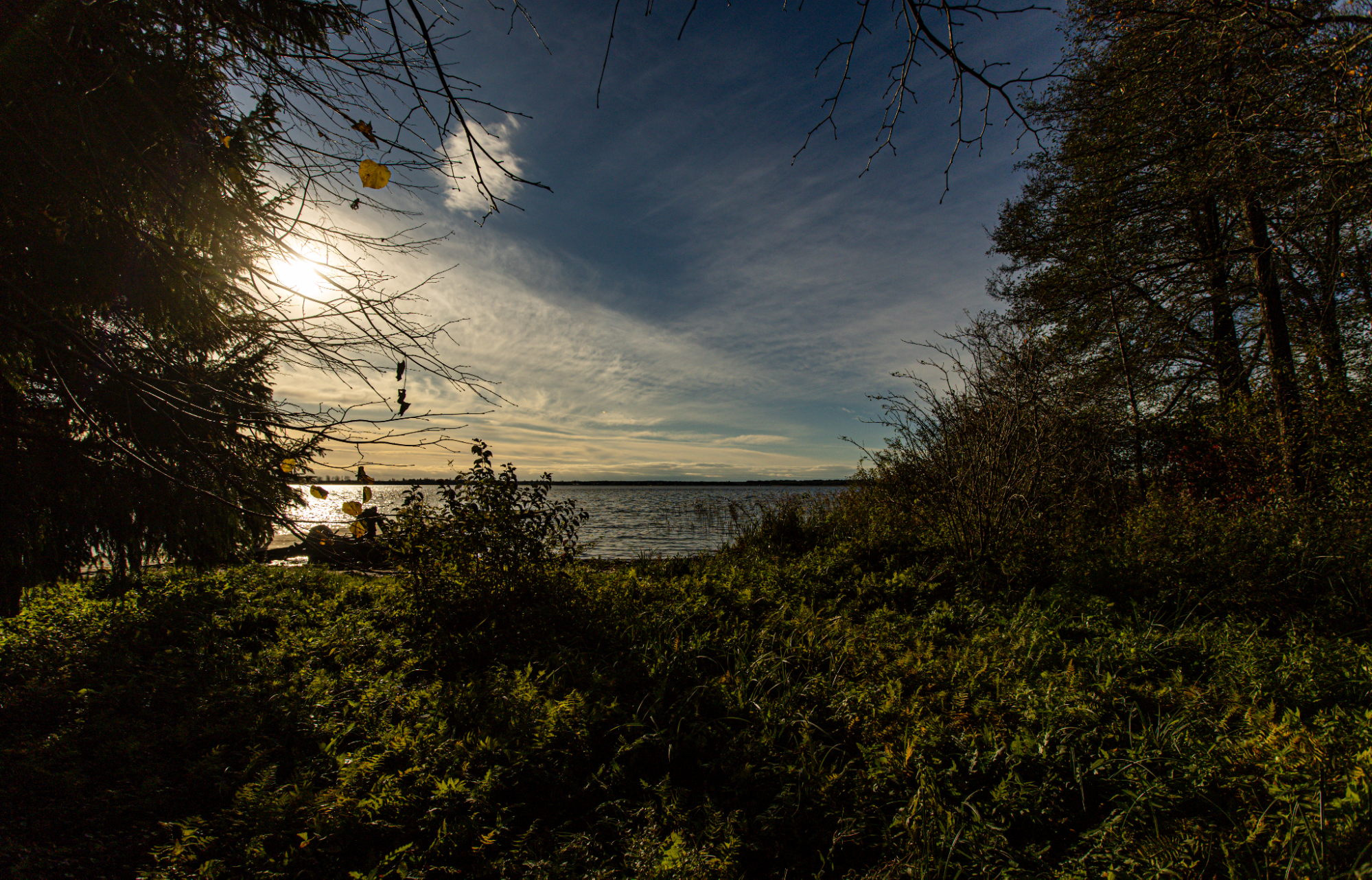
View from the Svitiaz island of Lake Svityaz. Photo: Mykola Tymchenko
Svitiaz, chalk, and shoaling
The work of our team begins at dawn, when we meet on the shore of Lake Svitiaz — the largest body of water in the reserve. The sun reflects in the water so that it seems as if there are two of them. The absence of wind and calm water promises a good day, which works perfectly for us because we plan to swim to the island that can be seen in the distance. The region often experiences strong Scandinavian-like winds. Sometimes, the waves on Svitiaz reach a meter in height, so the good weather today is great luck.
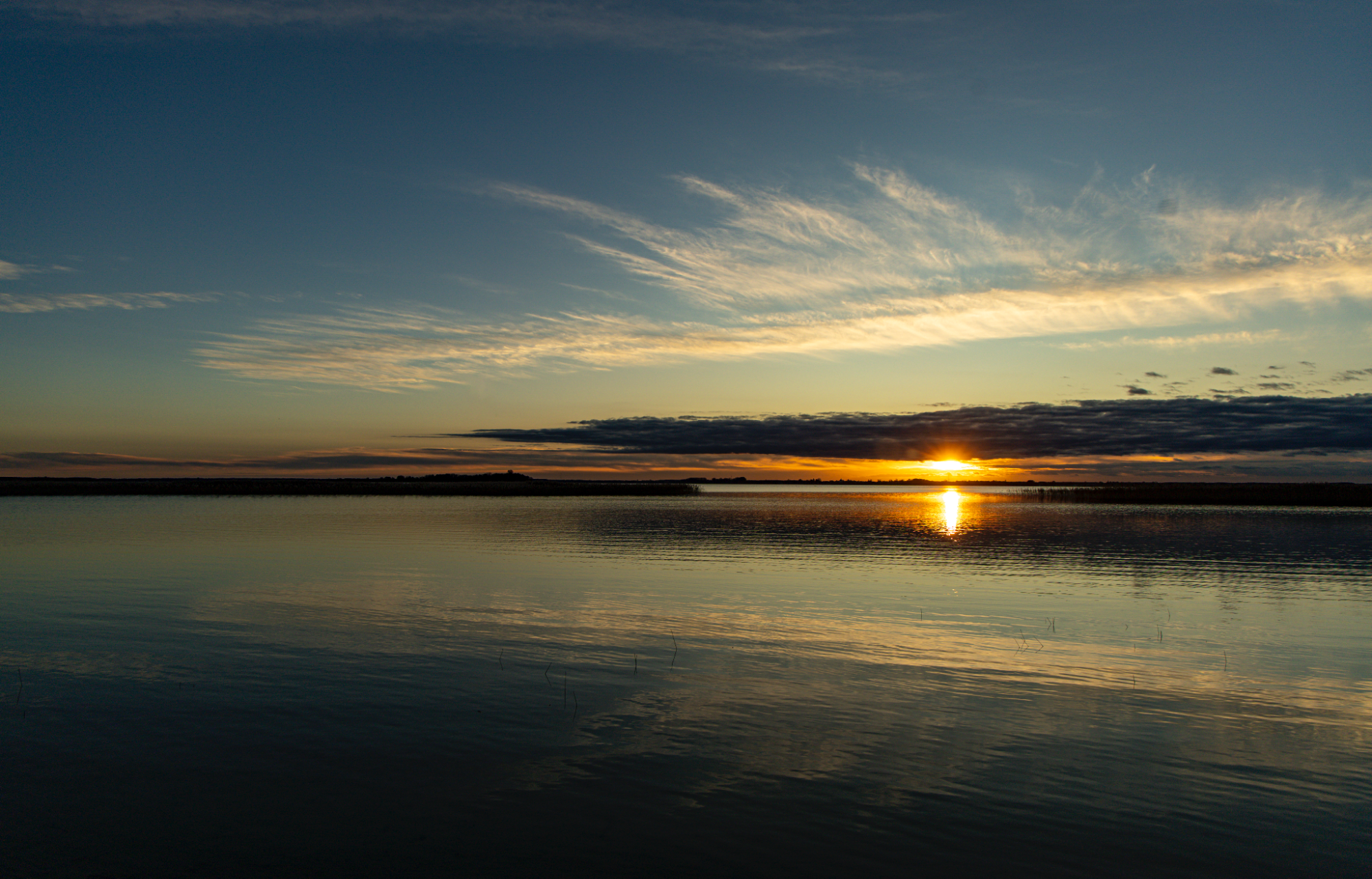
Dawn on Svitiaz. Photo: Mykola Tymchenko
After dawn, our team goes to another point on the shore of the lake.
At the new location, we are met by a tall man with a thick and long Cossack-like mustache, sharp cheekbones, and an attentive look. This is Vasyl Mateichyk, deputy director of scientific activities. Dressed in a green uniform and rubber boots, he looks like a field researcher, and while our boat cuts across the surface of the water, he talks about the local fauna, the importance of ecosystems, and the value of these areas.
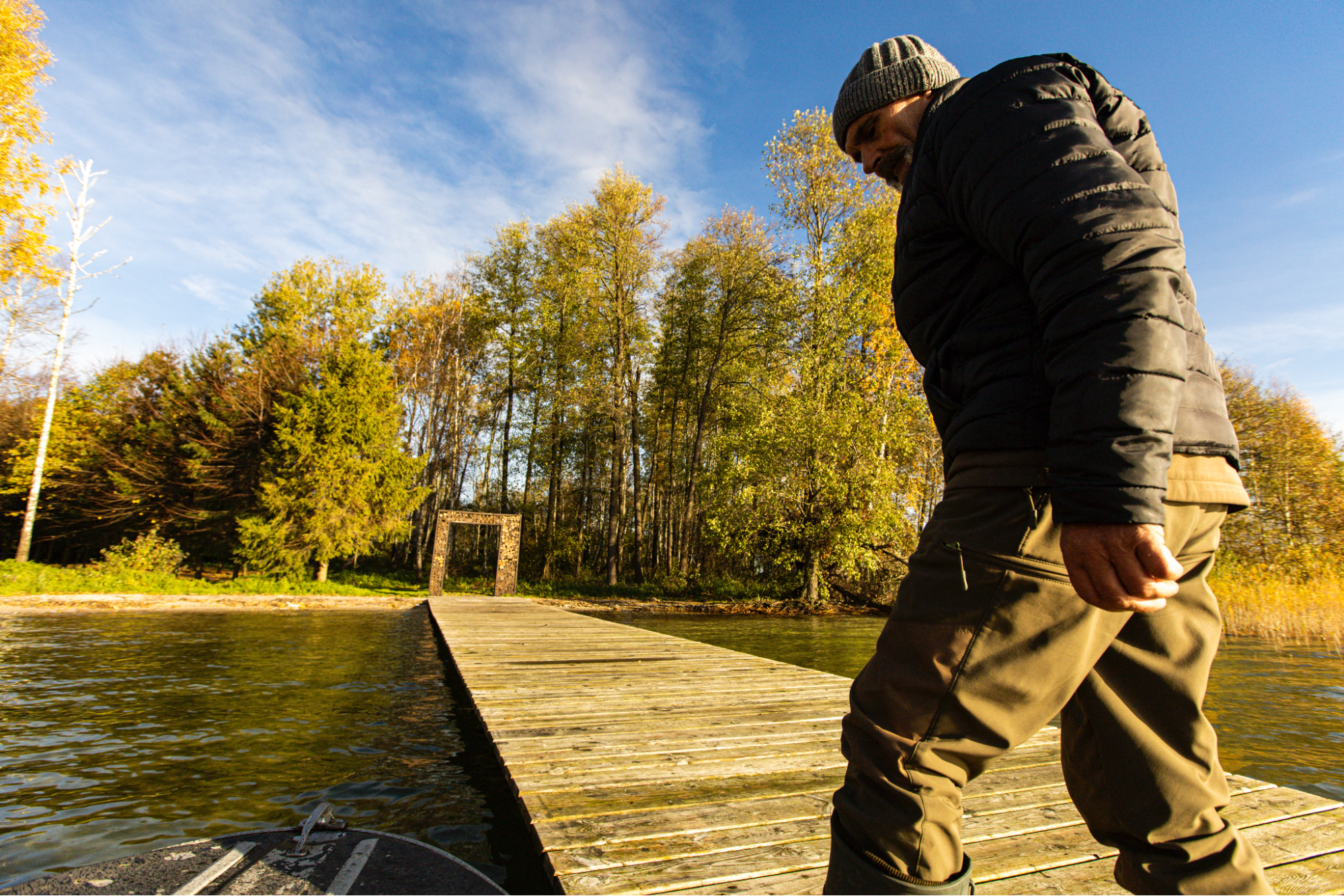
Vasyl Mateichyk, senior researcher at Shatsk NPP near the island on Lake Svitiaz. Photo: Mykola Tymchenko for Rubryka
The water in Svitiaz, he says, is first class. It would be quite safe to scoop it up with your hand and drink that water without leaving the boat. However, the existence of Svitiaz itself is under threat. In 2008, almost the largest deposit of sand and chalk in Europe was discovered in Belarus, almost on the border with Ukraine and only 26 kilometers from Lake Svitiaz. This is the Khotyslav quarry. It has been actively used since 2009, and according to Mateichyk, it threatens the ecological system of the Shatsky lakes. The development of the quarry, which continues to this day, can lead to the violation of aquifers that feed the Shatsky lakes, cause an intensive decrease in the level of groundwater, deterioration of the hydro melioration condition of drained lands, water supply conditions, and shallowing of lakes. However, Belarusians do not get tired of saying that the development of the quarry will not harm Volyn's natural reservoirs.
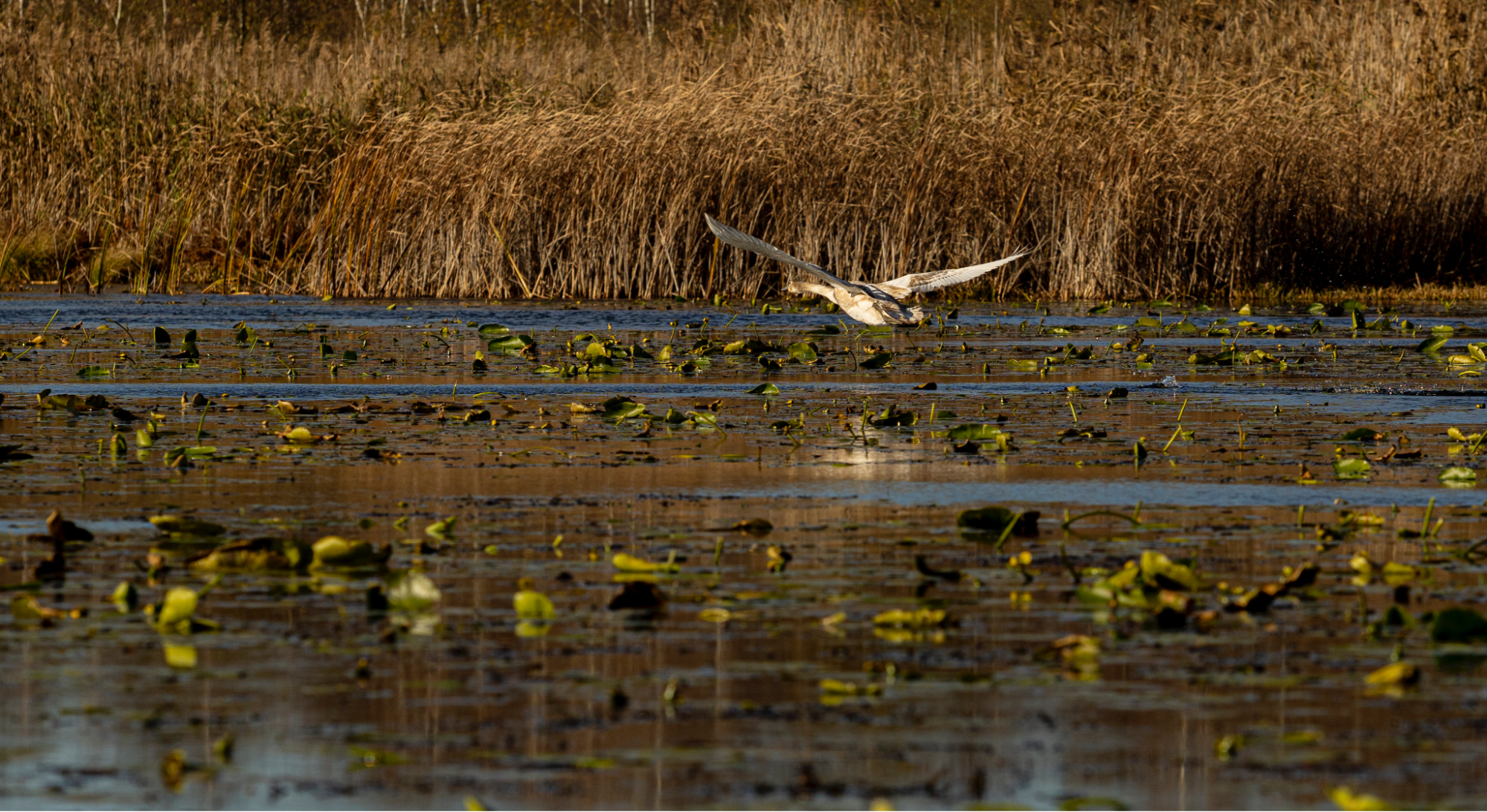
There are 23 lakes in the Shatsky group of lakes, with a total area of 6338.9 hectares (around 15663 acres) within the Shatsk National Park. The Ramsar Convention protects the territories as particularly valuable wetlands for nesting birds. Photo: Mykola Tymchenko for Rubryka
Discussing this issue with Belarusian colleagues from Pribuzhsky Polesie would be appropriate. However, Mateichyk says they do not support any contact with nature conservationists of the co-aggressor state. In the totalitarian country, the environmental protection movement was almost completely destroyed, so it is not surprising that the issues of industrialization and the use of natural deposits are prioritized over the preservation of the environment.
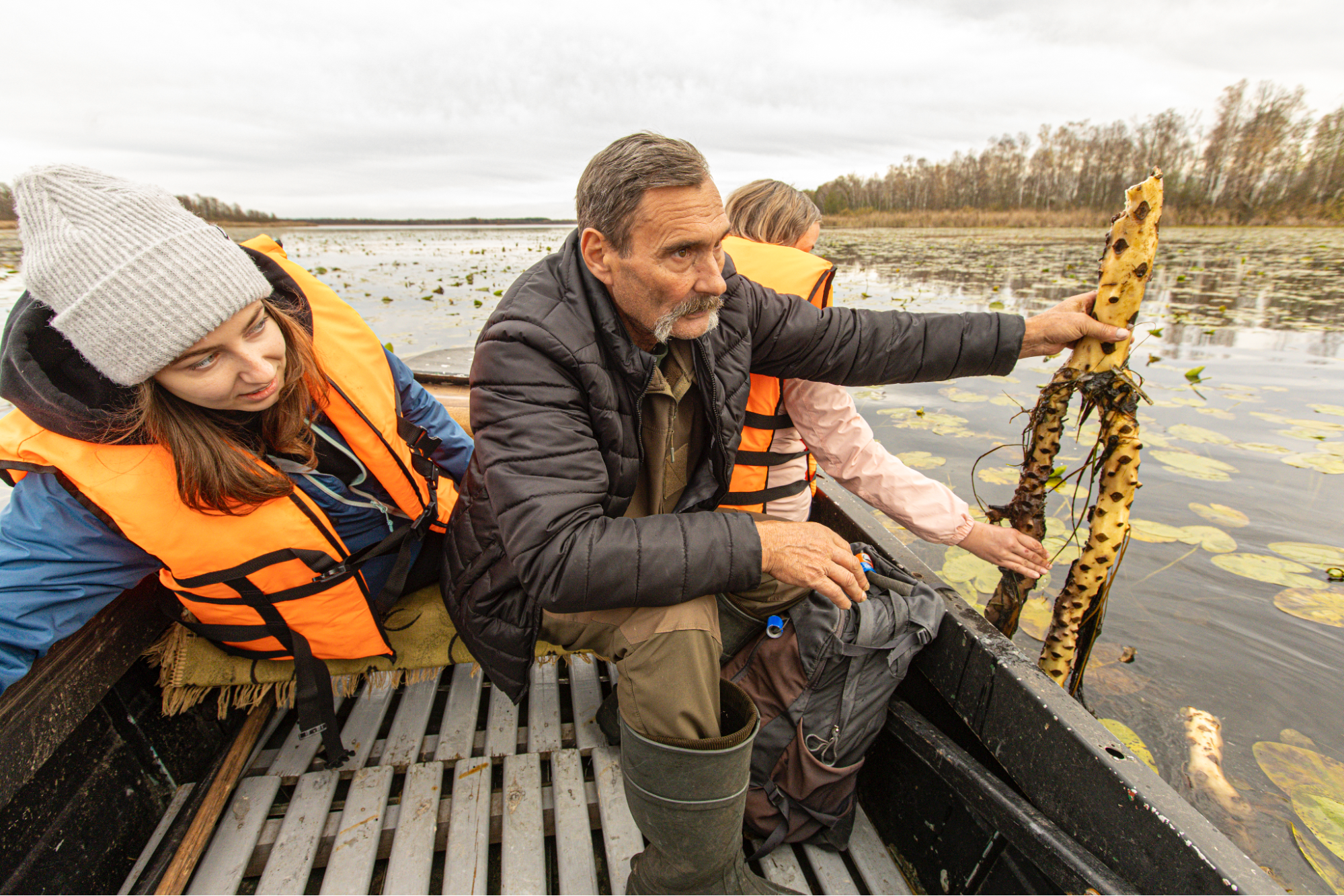
Vasyl Mateichyk demonstrates water lily roots, Lake Luky. Photo: Mykola Tymchenko
Occasionally, there are headlines in the news about the shallowing and possible disappearance of Svitiaz. The last time this happened was in 2019 when the lake became shallow, and several new islands appeared. However, the scientist says that the shallowing and filling of the lake are cyclical processes, and this follows from the observations constantly conducted by scientists of the Shatsk National Park.
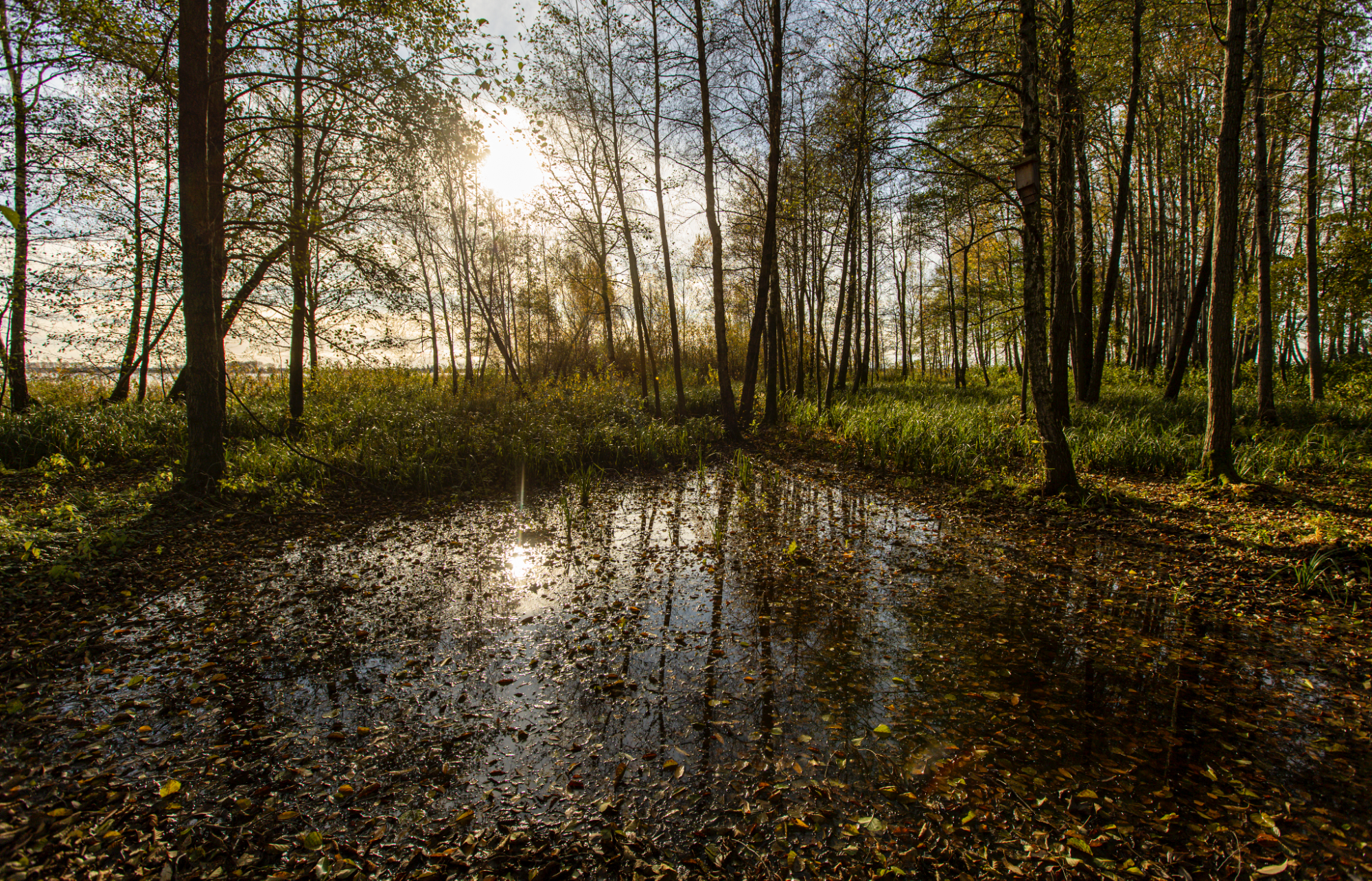
The island of the same name on Lake Svitiaz. In the warm season, it is completely inhabited by birds. Photo: Mykola Tymchenko for Rubryka
Even in autumn, when nature freezes, the Shatsky Lakes are full of life. This is evidenced by the many nests on the island in the middle of the lake and the birds that take off only when our boat approaches at close range.
Wish Island
After the trip on Svitiaz, we went to another lake — Peremut, which is connected by a bridge to Lake Luky. Even in November, you can still see white water lilies here. Plants, also popularly called water lilies, occupy huge areas, and it is difficult to imagine how they look in summer when the entire lake is covered with white flowers.
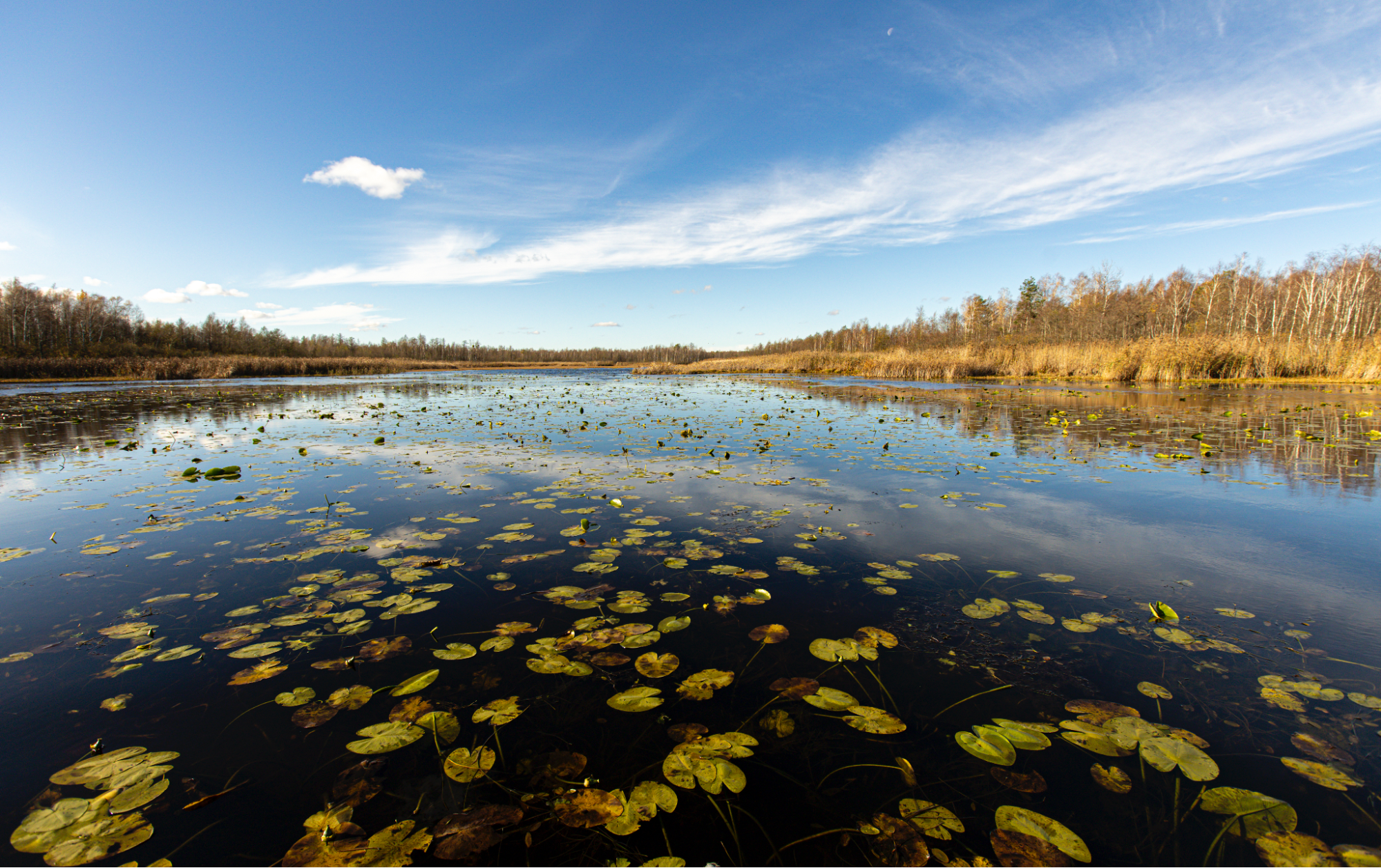
Luky Lake, Shatsk National Nature Park. Photo: Mykola Tymchenko for Rubryka
At Lake Luky's end is a small island called Wish Island. Mateichyk is skeptical about the name — he does not believe in anything that science has not proven. He says that the island got this name only to attract tourists. In summer, there are active tourist routes here. Everything in this place seems unusual, especially the moss-covered ground, which springs underfoot. In fact, the whole island is swampy, and it is flooded with water from time to time.
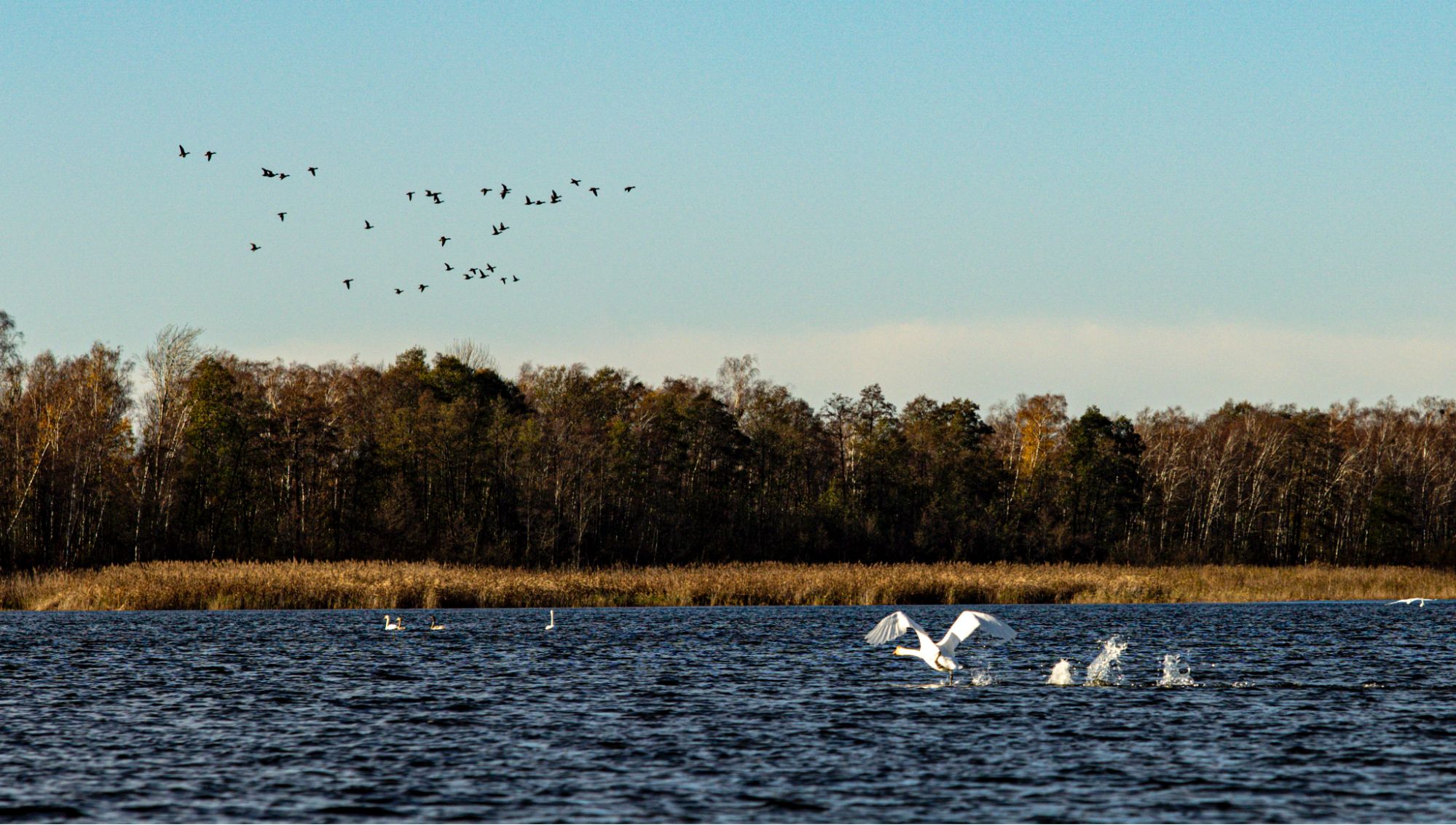
Swans on Lake Luky, Shatsk NPP. Photo: Mykola Tymchenko for Rubryka
A planned picnic at this place is an integral part of each of our trips. Here, Mateichyk tells us that from the first day of the full-scale war, he intended to go to the front to defend Ukraine. Age got in the way — the scientist had already retired, and because of this, he was rejected by the military commissariat. That's why he decided to help with what he could — drones used for scientific research and territory monitoring were sent to the front.
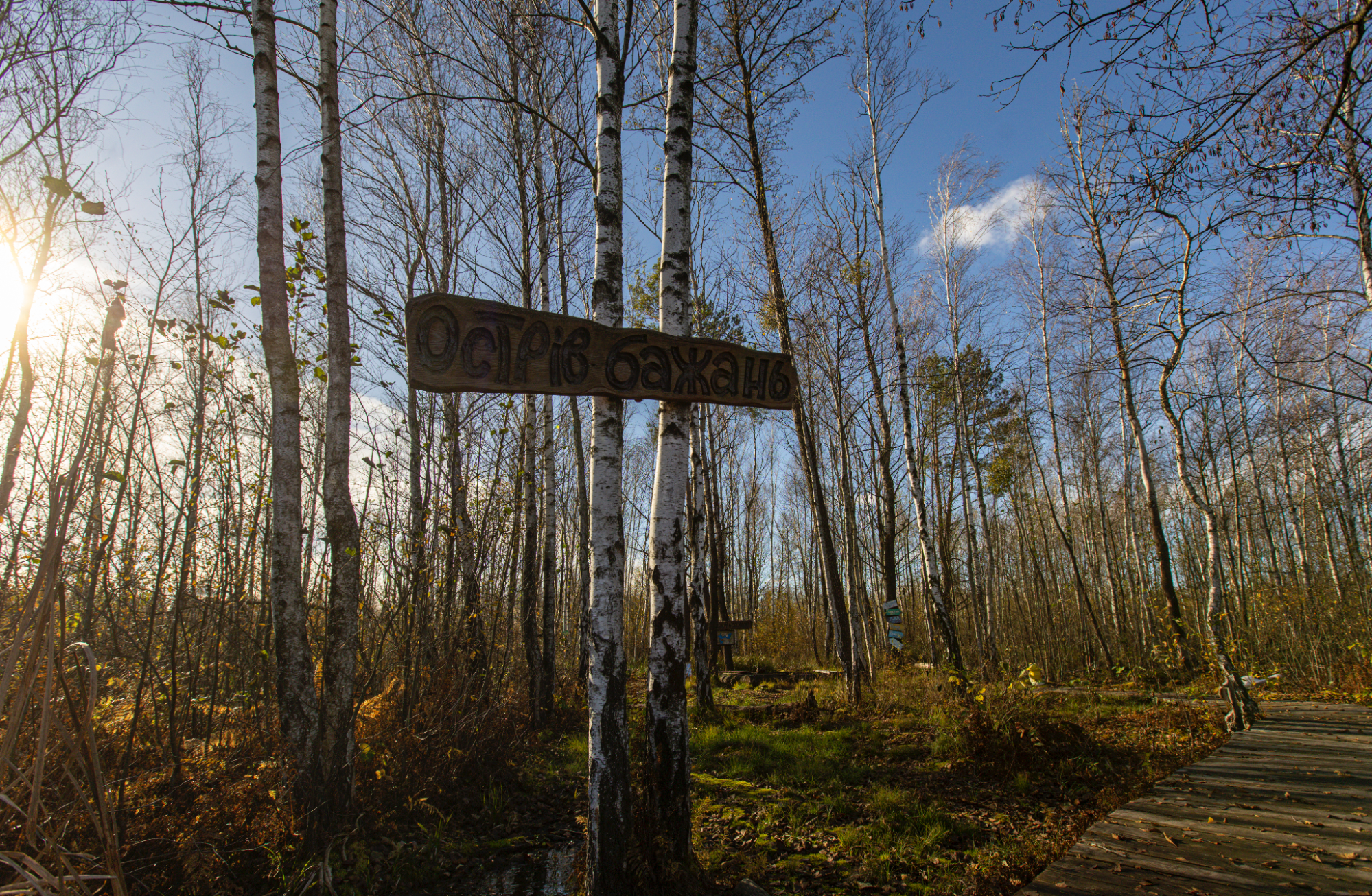
Wish Island's main feature is the springy soil, like an elastic carpet. Almost the entire surface of this lake is a swamp. Photo: Mykola Tymchenko for Rubryka
The territory of the National Park adjacent to the border is militarized. Access there is closed, and we can only judge the state of the ecosystem based on a rather small amount of information. Since the possibility of a second invasion from the territory of Belarus remains, it is really better to postpone the disclosure of certain facts until later.
On the way to the shore, we again contemplate water lilies, birds flying to the south, or simply resting on the lake. At this moment, we probably all have one thing in mind — even without sharing it with each other, we know that we all wish for the end of the war in Ukraine.
Who lives in the reserve?
We head to the shore in almost complete silence. There is not a soul in a radius of several kilometers around us. However, this is a false impression. About 17,000 people live on the territory of the Ukrainian part of the transboundary biosphere reserve, and every year before the war, about 100,000 vacationers and tourists used to arrive here, where many recreation centers, sanatoriums, and equipped private residences awaited them. Locals work in tourism and forestry, but there are other industries as well.
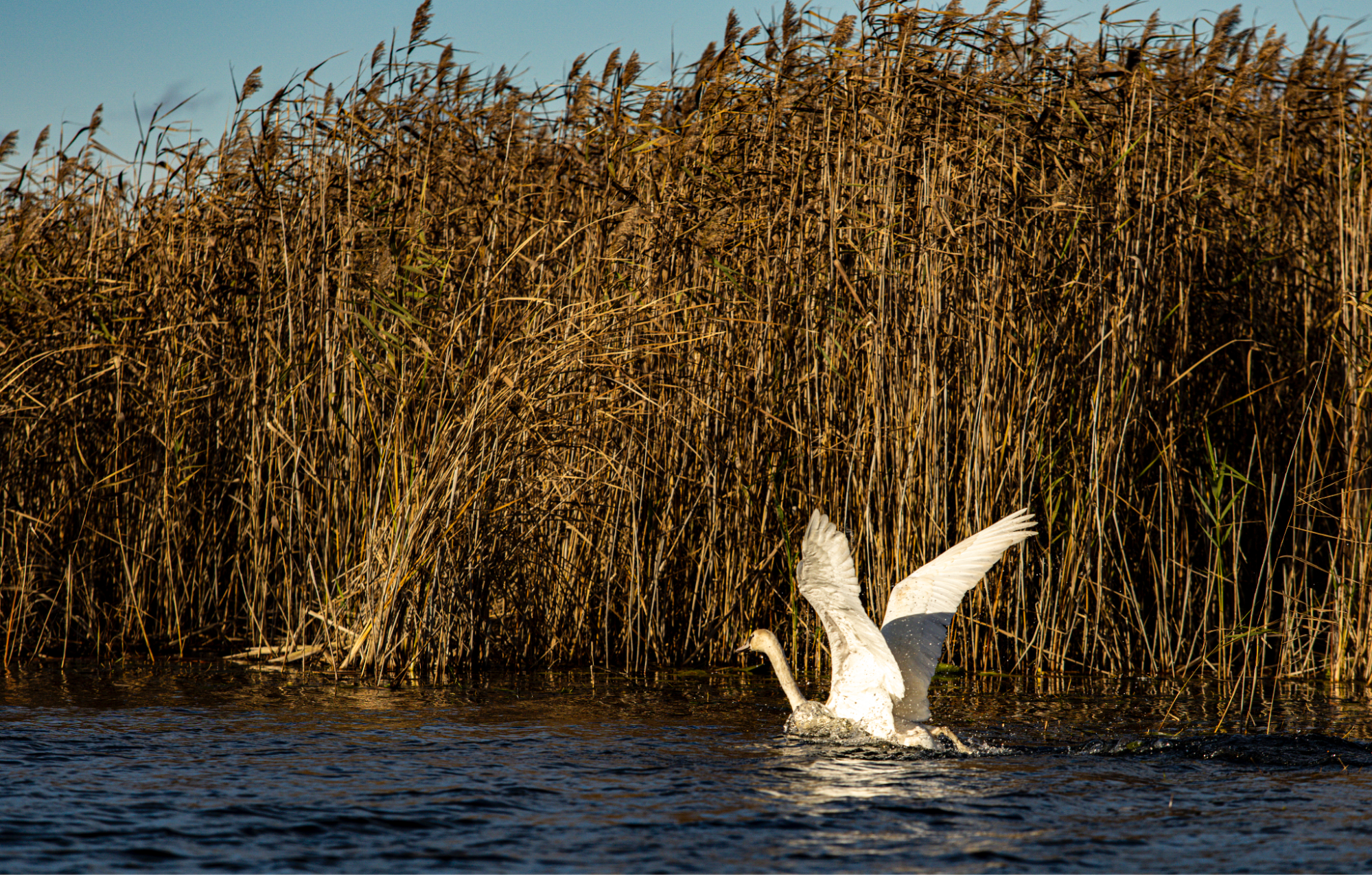
Luky Lake, Shatsk National Nature Park. Photo: Mykola Tymchenko
We visited a local, Larysa, who is engaged in cheese making. The craftswoman is constantly improving her products and, in general, pays special attention to the smallest details. The milk must be of a certain fat content, the cheeses are stored in special industrial refrigerators equipped in her kitchen, and some ingredients, such as the ash that gives the cheese its black color, are ordered from France.
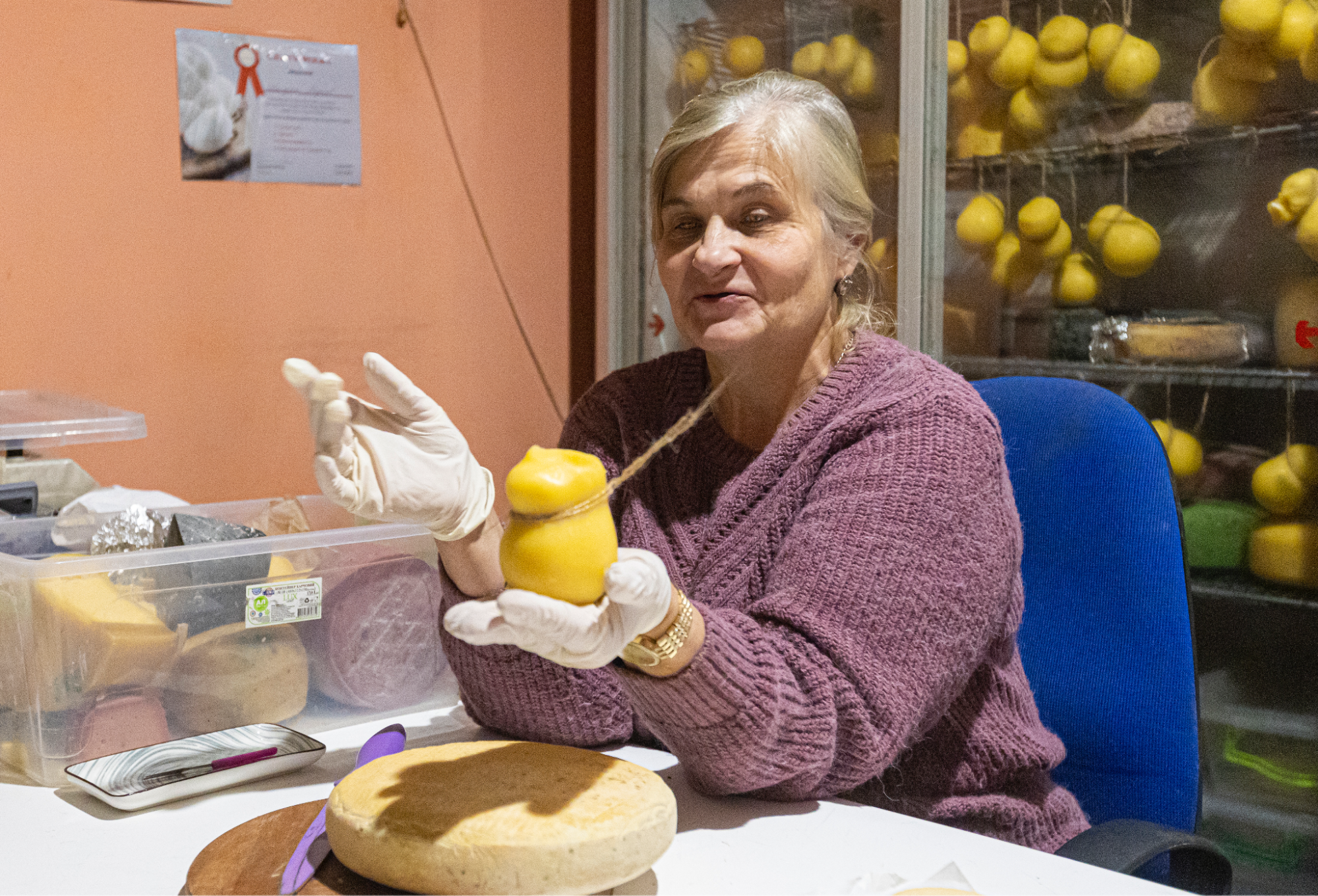
Larysa Sheluha, a cheese maker from Shatsk, is a local celebrity, as she makes more than 20 types of cheese. Photo: Mykola Tymchenko for Rubryka
Larysa Sheluha is a local celebrity. When there are more tourists in the warm season, she holds cheese tastings for visitors. Certificates of completed studies cover almost all the walls in the small room where she invites us. There are more than 20 different types of cheeses in her arsenal. These are well-known varieties, such as Camembert or pink cream cheese with lavender, and completely unusual ones — her personal know-how. For example, the cheese that Sheluha served us with a sprig of rosemary smells like a coniferous forest and shimmers with iridescent colors due to the oily film left by some ingredients.
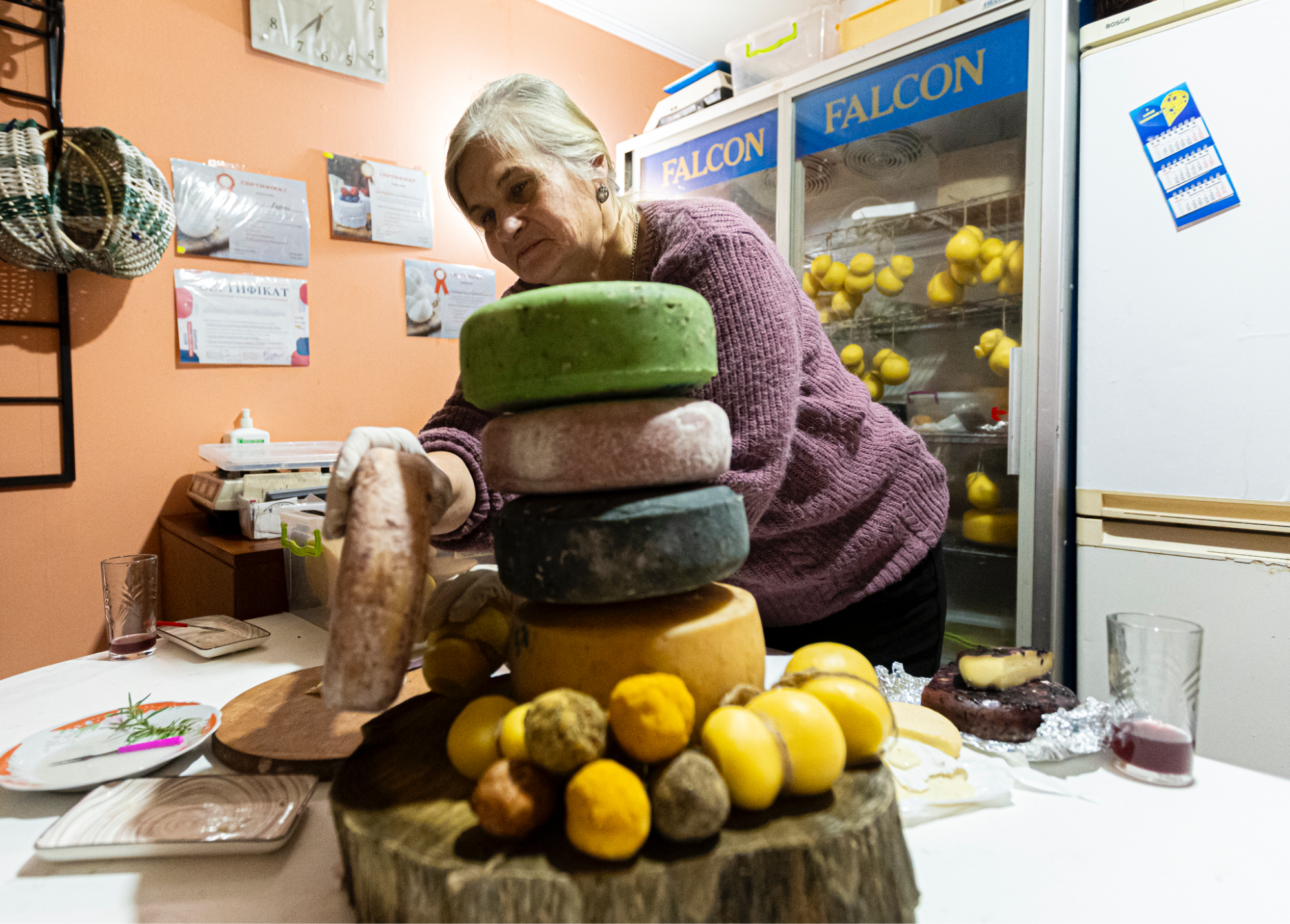
The cheese maker demonstrates the cheeses she makes at home. When tourists come to Shatsk, she holds cheese tastings for them. Photo: Mykola Tymchenko for Rubryka
During the tasting, Sheluha tells us that making cheese is her dream. The process is connected with memories from childhood. Her family made traditional cheese for the region, and only five years ago, she learned that this was the technology of the world-famous Adyghe cheese.
Our team returns to the small house located on the banks of the Svitiaz and, already in the dark, contemplates the sky abundantly covered with stars. A fire crackles in the furnace of a warm house, and the Scandinavian wind that touches the tops of the pine trees gives the impression of the noise of the sea.
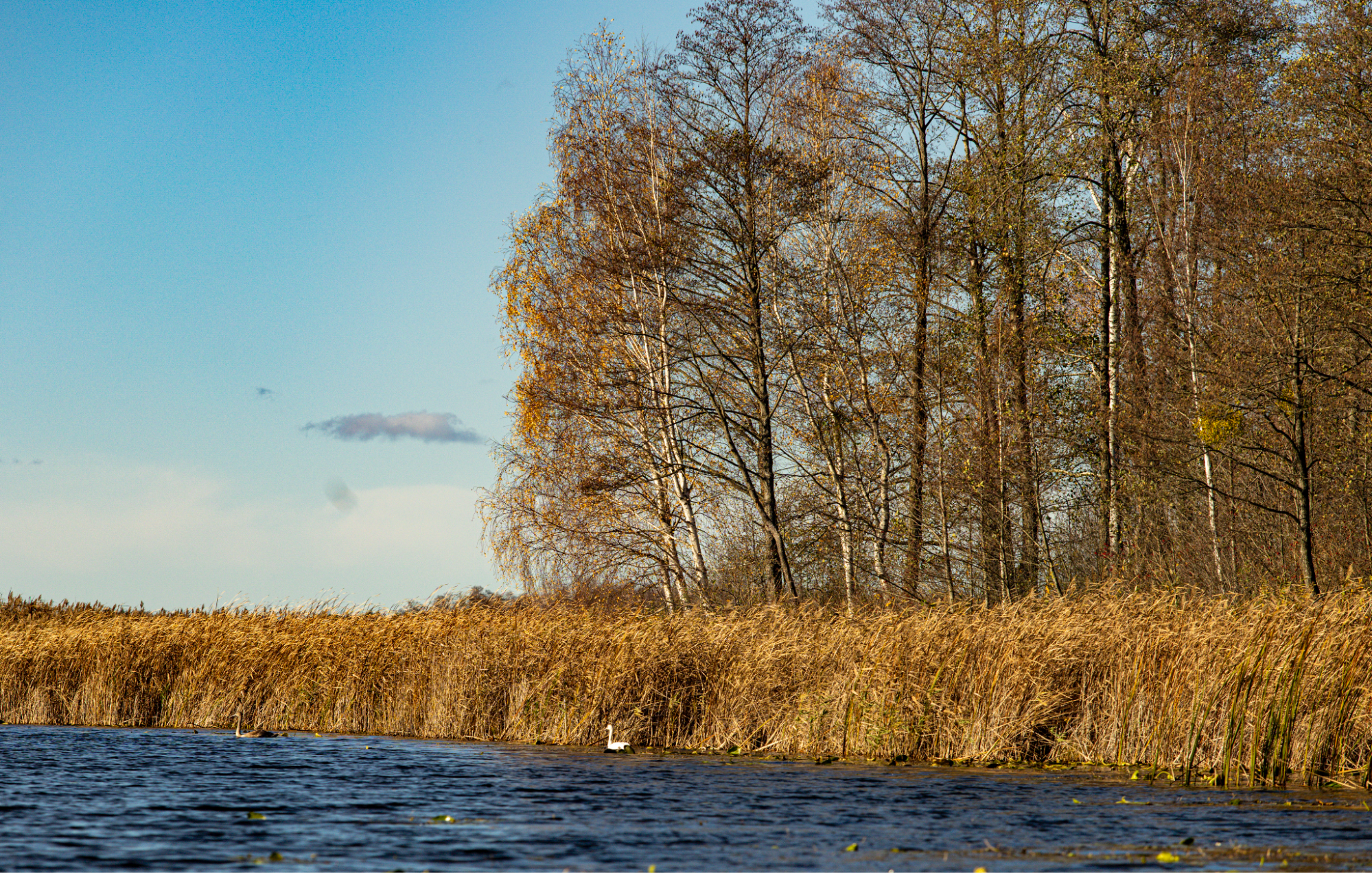
The beauty of Shatsk NPP in autumn. Photo: Mykola Tymchenko
Just like thousands of tourists who come here in the summer, we might not have had the opportunity to visit these incredible places. Compared to other biosphere reserves on the territory of Ukraine, this one is almost unaffected by the war. And this is a combination of luck and the struggle of Ukrainians for their freedom.
The project "Biosphere Reserves of Ukraine: Stories of War in Environmental Protection Institutions Creating a Green Future" was created with the support of UNESCO. The designations used, and the presentation of the material do not imply the expression of any opinion whatsoever on the part of UNESCO concerning the legal status of any country, territory, city, district, or its authorities or concerning the delimitation of its borders. The author is responsible for selecting and presenting the facts in this article and the opinions expressed therein, which are not necessarily the opinions of UNESCO and do not bind the Organization.
Newsletter
Digest of the most interesting news: just about the main thing



